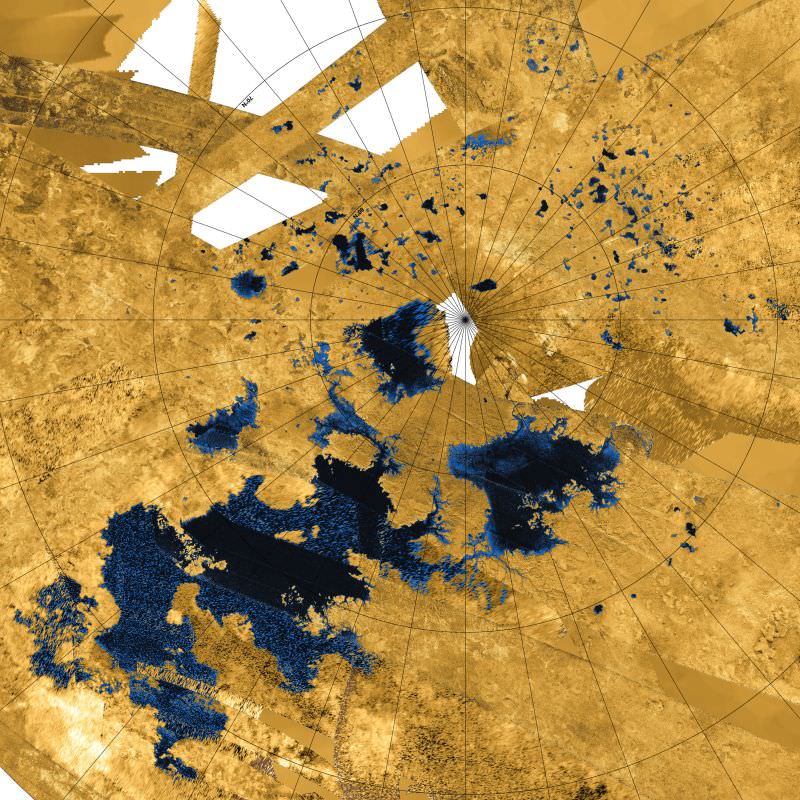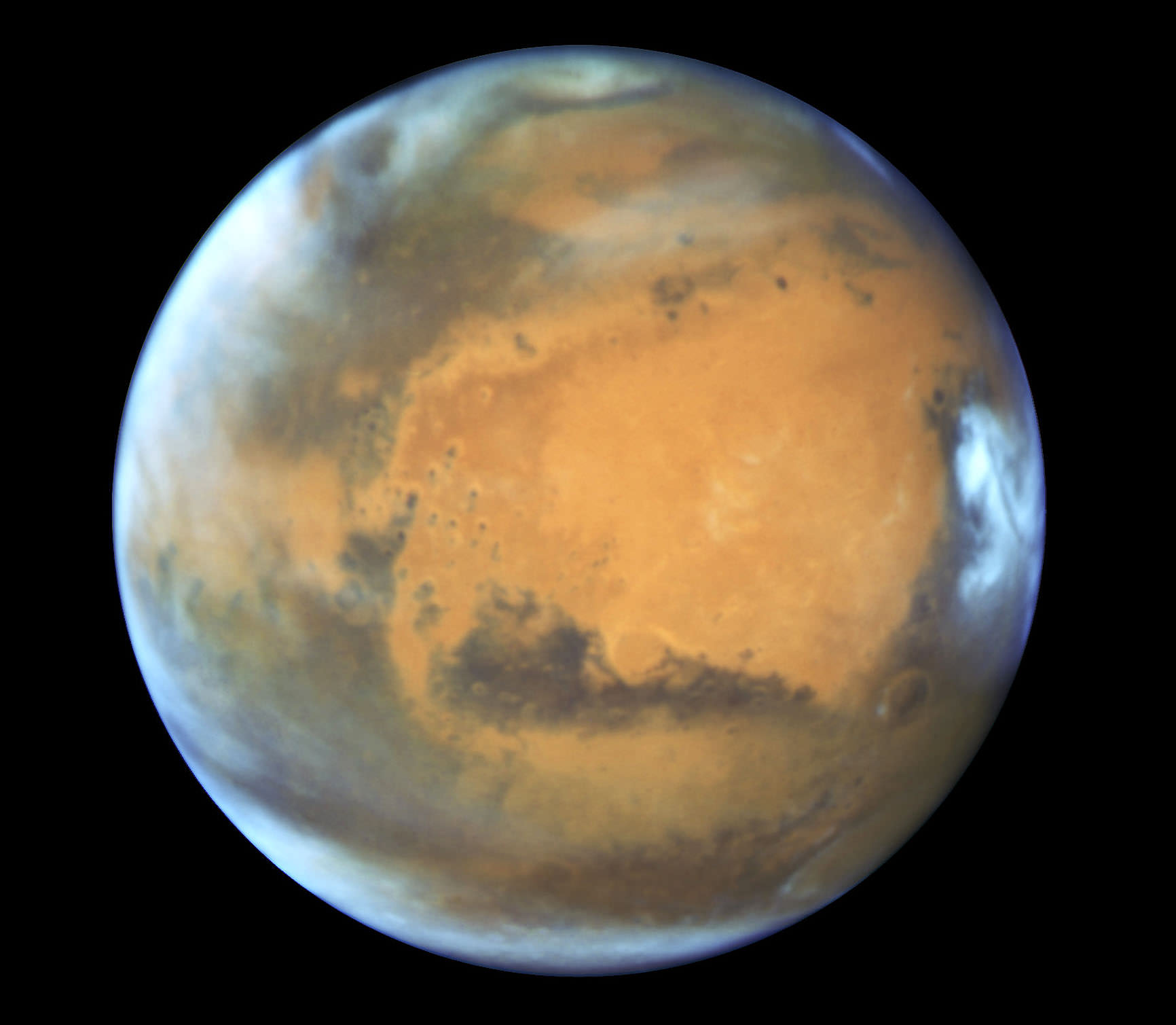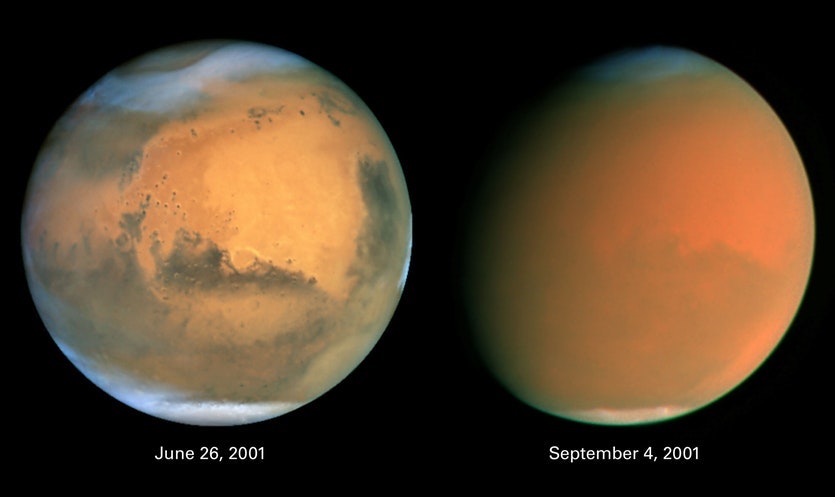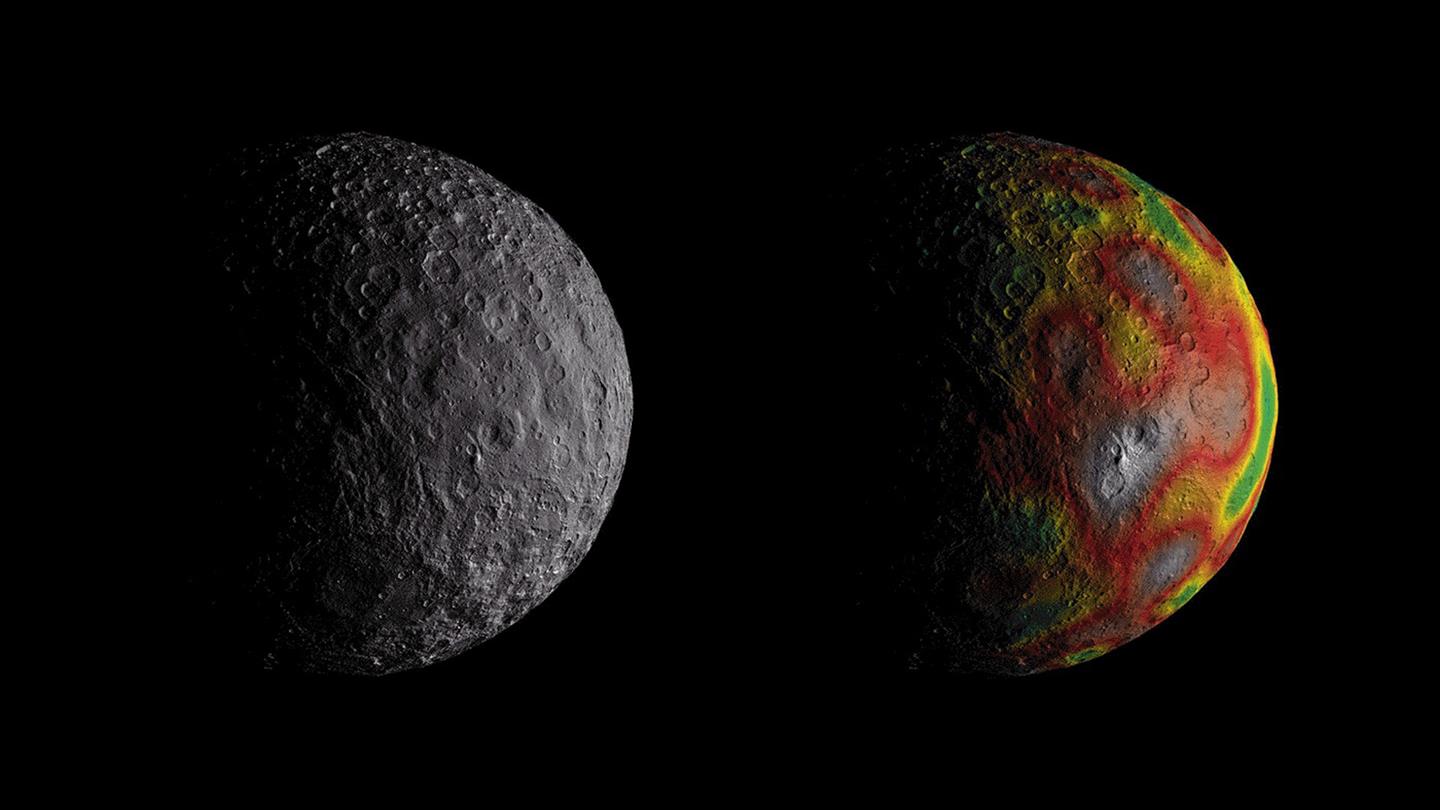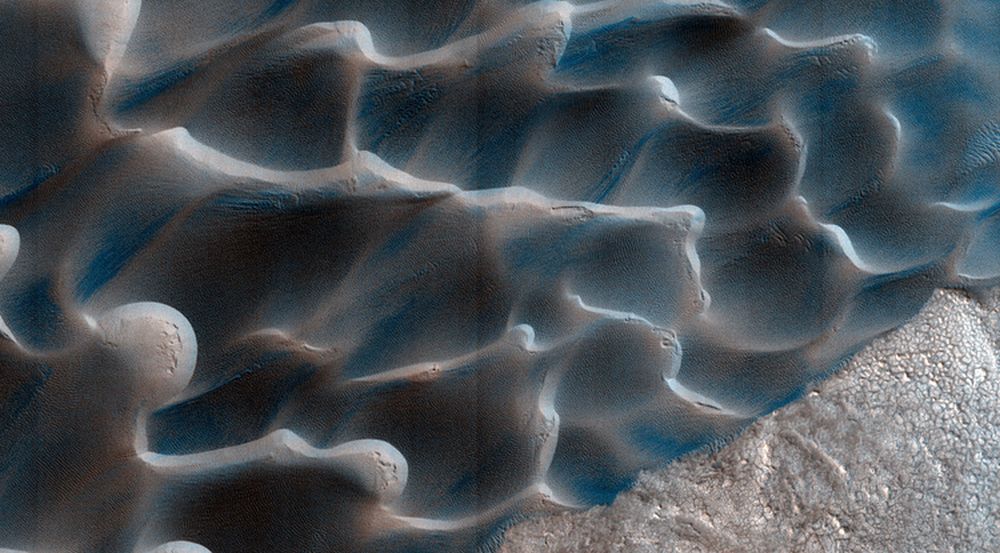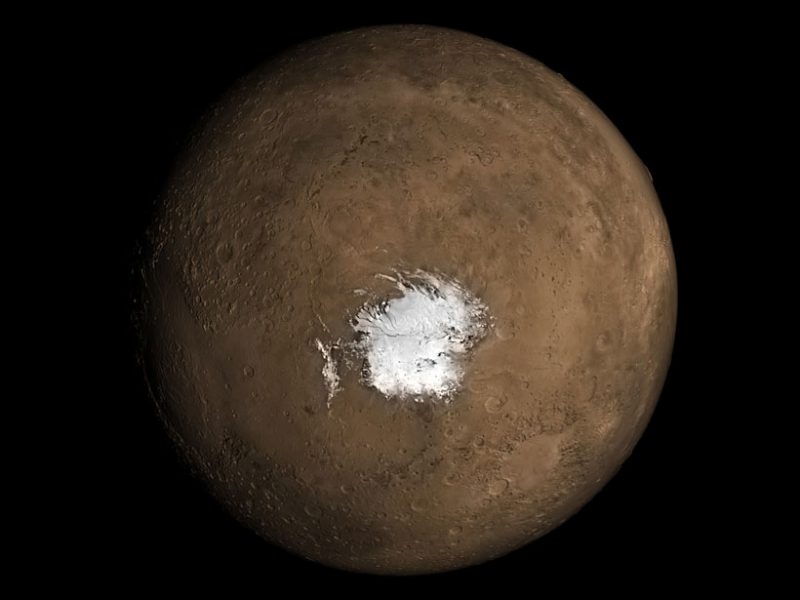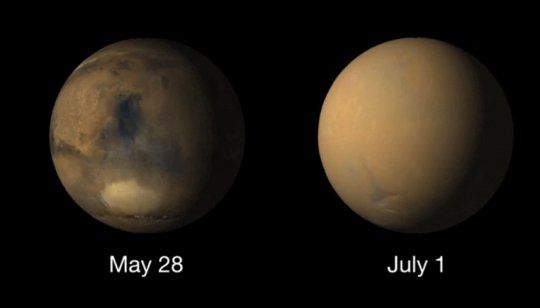Earth’s magnetic poles drift over time. This is something that every airplane pilot or navigator knows. They have to account for it when they plan their flights.
They drift so much, in fact, that the magnetic poles are in different locations than the geographic poles, or the axis of Earth’s rotation. Today, Earth’s magnetic north pole is 965 kilometres (600 mi) away from its geographic pole. Now a new study says the same pole drifting is occurring on Mercury too.
Continue reading “Mercury has Magnetic Poles that Drift Like Earth’s”


